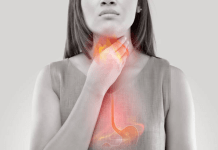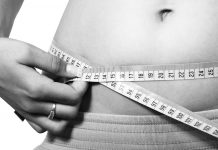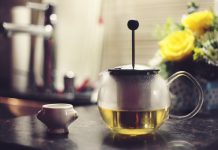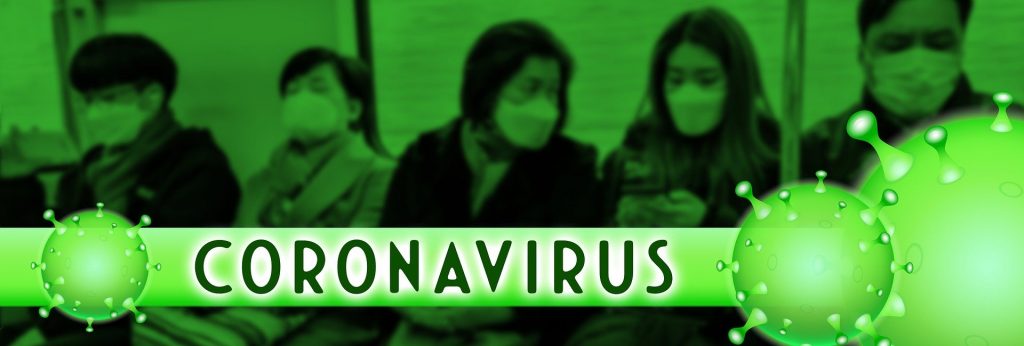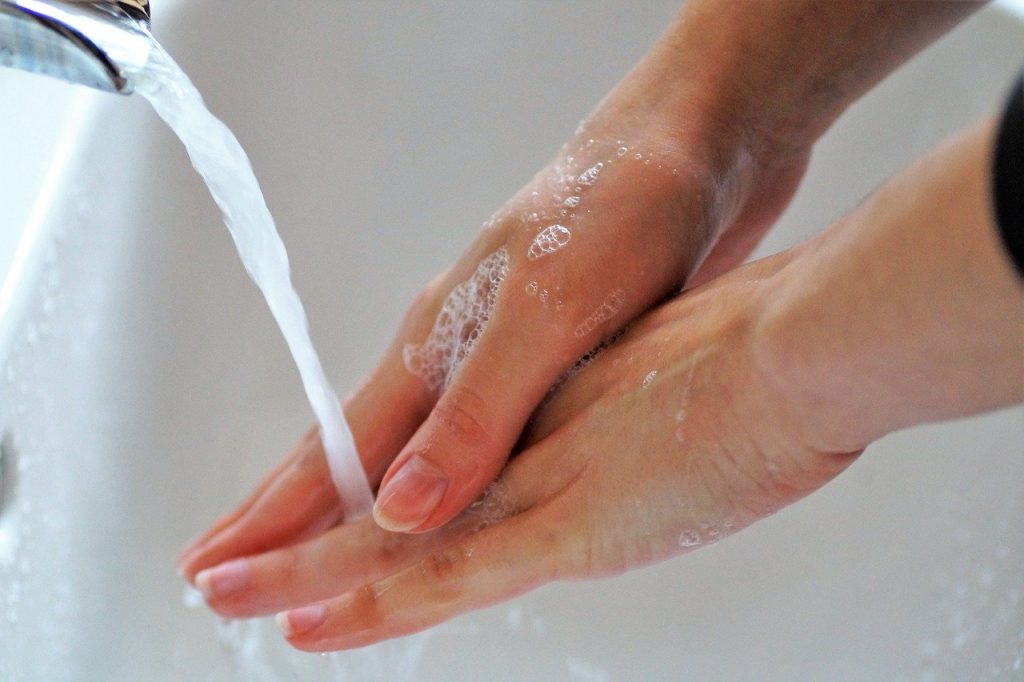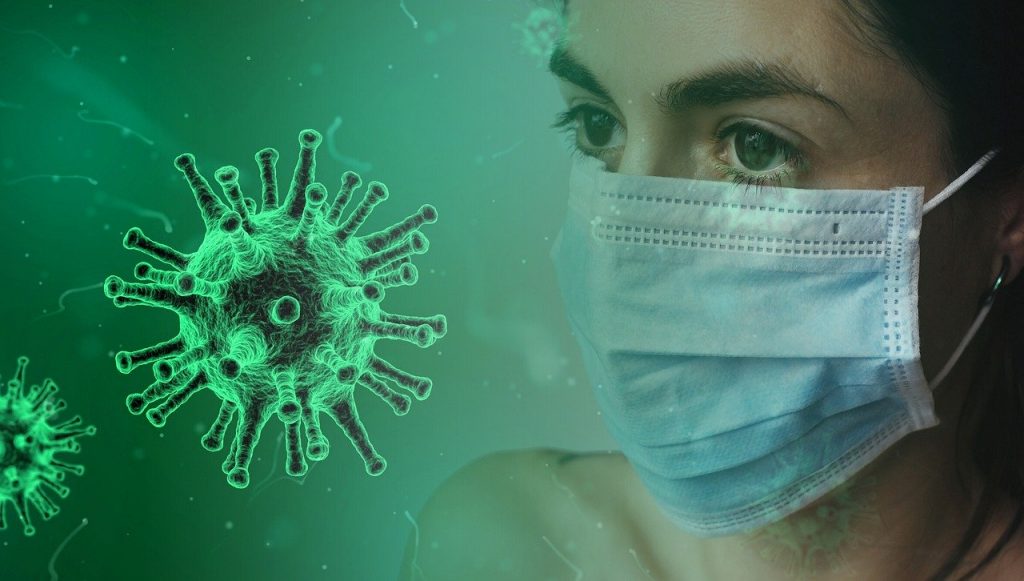Hi… and Welcome to our post about Raw Food Diet Health Benefits…
Believe it or not, eating raw foods is a natural thing to do. Lot’s of people do it every day. And the good news is that more and more people are choosing to increase the amount of raw food they eat each day, into their routine.
Because our bodies do thrive on all that is fresh and vital. A typical raw food diet (or increasing the amount of raw food that you do eat) is bound to bring a feeling of increased well-being.
In case you don’t know, raw food diets consist of unprocessed and uncooked plant foods. Preferably organic, such as a variety of fresh fruits and vegetables, nuts and seeds, grains, assorted dried fruit, delicious fresh juices and healthy, purified water.
So Why Raw Foods?
Basically a vegetarian diet, the raw food diet promotes eating and drinking ‘living’ foods. Living foods and juices contain the maximum amount of fibre found in raw produce, fibre that can be lost in processing.
Such foods are easily metabolised and tend to be lower in calories, than the average diet.
Heating food above 116°F or 46 C destroys the enzymes in food that aid in digestion, and in absorption of the food, diminishing its nutritional value for you.
The Health Benefits Of A Raw Food Diet?
A diet consisting of at least 75% raw food offers you so many health benefits. An increased sense of energy being the main one, as well as improved skin tone and appearance. Much better digestion, improved weight loss and a reduced risk of experiencing serious illnesses.
Such as heart disease, strokes, type 2 diabetes and various cancers. Like bowel cancer, for example.
A typical raw food diet contains little to low saturated fats, and is lower in sodium. But higher in potassium, magnesium, folate and fibre. Folate is greens, such as broccoli, kale, cabbage, spinach, watercress and lettuce etc.
Spinach is a leafy green vegetable that’s very popular with salad lover’s and healthy eating enthusiasts. It is a great source of folate and is very beneficial for women to take during pregnancy. And may help to prevent neural tube defects, such as spina bifida.
Kale is rich in vitamins and minerals. Such as vitamins A, C and K. Also rich in antioxidants. Such as lutein and beta-carotene. These protect cells within the body and are essential to good health.
Kale is OK to eat raw, because over-cooking reduces the nutritional benefits of this vegetable. But don’t go overboard and eat large amounts of it. Constipation or stomach bloating can result if you eat too much of it in it’s raw state.
Just have kale added to salads, try it baked into crispy chips or even try kale added to a fruit or vegetable smoothie.
There are numerous ways to enjoy the health benefits of eating this vegetable in it’s raw form.
Eating more wholesome fibre foods each day is guaranteed to get your internal digestion process back into shape, for better overall health and well-being.

Raw food diets are also excellent for detoxing. Different combinations of raw, living foods and fruit or vegetable juices can be used for colon cleansing. This can also benefit the liver and kidney’s to.
The skin will benefit enormously as a result of following this diet. Simply because of the increased nutritional benefits of all those extra vitamins and essential minerals the body absorbs from the food you eat.
The Basics Of A Raw Food Diet?
Any fresh fruits, vegetables, grains, seeds, beans, nuts, legumes, coconut milk – even seaweed – can be menu items of a raw food diet. Your choice of foods may depend on your reasons for dieting, for example:
– sprouted brown rice slows glucose absorption and improves the metabolism
– cabbage supports healthy cellular function; radish leaves act as an anti-oxidant, as does Shiitake mushroom
-carrots are a great source of vitamin A as well as encouraging healthy vision and a healthy cardio-vascular system
You can use a large sprouting jar kit to sprout seeds. Comes with two sprouting jars in a pack.
Sprouts could be called a ‘super food’ – organic sprouts contain high levels of proteins, vitamins, essential minerals, trace minerals, chlorophyll pigments and enzymes. They are also the ideal natural supplement.
Sprouts can be used in a variety of ways. Use them in salads and soups. Or they can be juiced. Fresh juices are a great source of energy. The variety of juices you can prepare are endless.
And a top quality slow juicer, such as the Philips HR1832/01 Compact Juicer, produces living juices that are full of essential nutrients.
A great juicing recipe to complement a raw food diet is carrot juice with potato, fennel and apple. Simply juice 4 medium carrots, 2 apples, 1 small potato and 1 small stalk of fennel.
Fennel has been shown to reduce and control inflammation of arthritis, it evens mood fluctuation and depressive states and has the rare nutrient called manganese, plus zinc and vitamin B complex.
The nutritional value of grains and seeds is impressive. They contain most of the vitamins – particularly A, B, and E. They’re also a fantastic, natural source of unsaturated fatty acids and lecithin, and an excellent source of proteins.
You can even use soy milk makers to make non-dairy drinks from different beans, rice, nuts, seeds and grains to have with breakfast. If you want something that’s a little more substantial than soy milk, you can make your tofu. Or, of course, pay a visit to a good health food shop in your local area.
Essentially, the idea of a raw food diet is to eat unprocessed foods for at least 75% of the time. If the idea of eating raw food isn’t very appealing to you, you can warm the food a little, as long as the food isn’t heated above 116°F.
The Raw Food Diet Health Benefits?
A Cautionary Note..
As with any major change in diet, it’s wise idea to consult your doctor before beginning a special diet. This is especially true for children, pregnant women, anyone with anemia and anyone with a pre-existing medical condition.
Even natural foods can conflict with certain medications, so please ask your doctor or pharmacist if you’re taking any medication.
Because a raw food diet is detoxifying some people suffer a mild detox reaction including mild headaches, nausea and cravings.
These symptoms may last for several days and you’ll get more enjoyment out of your raw food diet if you cut down on things like meat, sugar and caffeine a week or so before commencing the diet.
A raw food diet is certainly a good way to improve your overall health and well-being. Like anything worthwhile it takes time, energy and commitment. Because many of the foods for this particular type of diet are made from scratch there is some preparation time involved.
There are many great products on the market that can help you prepare your own living food and save you some time as well.
Combined with regular exercise, a raw food diet is also an excellent weight loss method. If you’ve been feeling ‘a little off’, or just need a pick-me-up and some extra energy, then a raw food diet is certainly a good way to go.
If you were to adopt a raw food diet as your preferred method for meal preparation you will be avoiding a diet that is high in saturated fats. Your bodies cholesterol and trans-fatty acid levels will also be lower and healthier.
Animal protein and refined carbohydrate levels will be at a much healthier level to as a result of following a raw food diet. Or just introducing some raw foods into your daily meal plan slowly and building up from there.
Last But Not Least…
The ultimate plan with this type of diet is a slow introduction to eating more raw foods day to day. You will never be at a loss for meal or recipe ideas because there are so many from which to choose.
And you can still enjoy the benefit of having a cooked meal as well, when the fancy takes you. But the ultimate aim of starting a raw food diet and following it, is simply to introduce more healthy foods into your daily menu.
Especially if you are coming from a diet of eating a lot of unhealthy junk food, which has very little nutritional value. And is very low in adequate amounts of essential vitamins and minerals for long term health and well-being.
We hope you enjoy success with this type of diet and thank you for reading Raw Food Diet Health Benefits.




